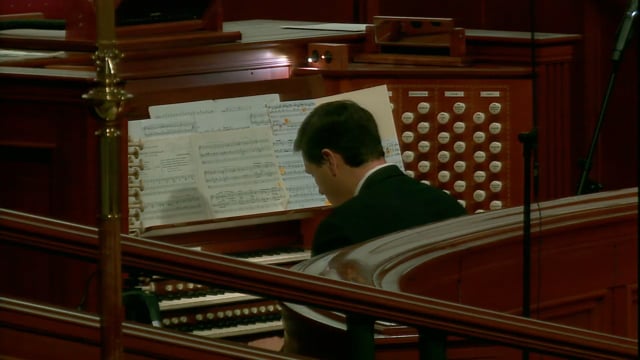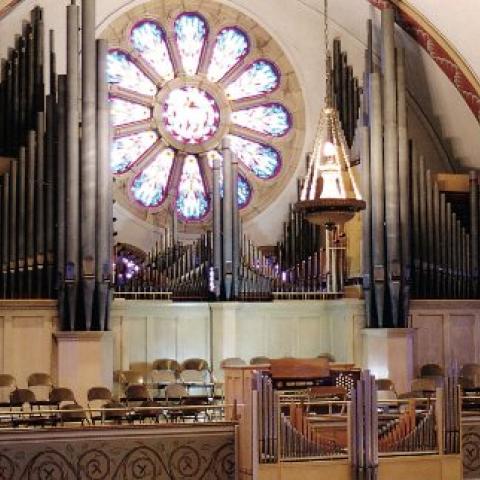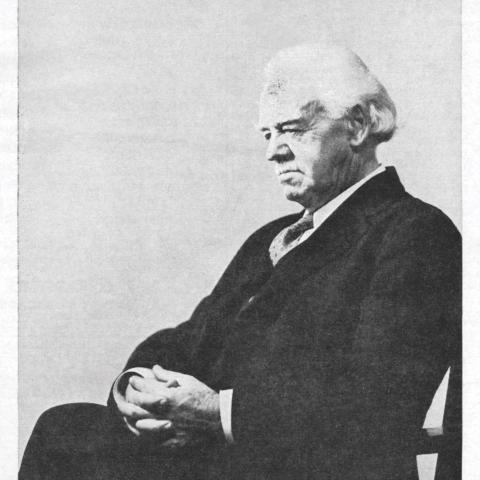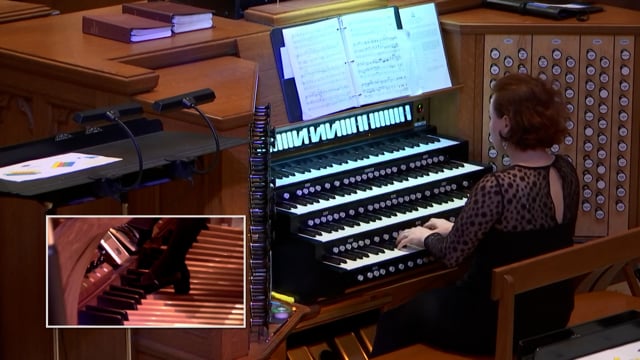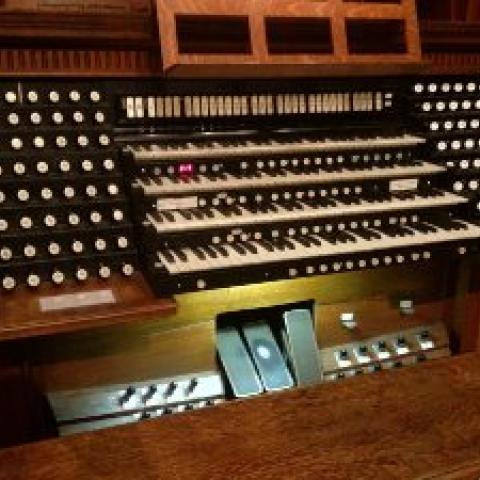Jack Mitchener plays one of the warhorses of the repertoire, Litanies from Trois Pièces (JA 119) by Jehan Alain (1911–1940).
The organ is the four manual 96-rank Aeolian-Skinner built in 1962 (tonal revisions in 1992) at The Cathedral of St. Philip in Atlanta (where Mitchener is Organist & Artist-in-Residence). These words, written by Jehan Alain and included in the original manuscript of the piece, seem appropriate today in the midst of the novel coronavirus:
"When the Christian soul no longer finds new words in its distress for imploring the mercy of God, it repeats incessantly the same prayer with a fervent faith. Reason reaches its limit. Faith alone follows its ascension."
See Jack Mitchener's artist spotlight.

